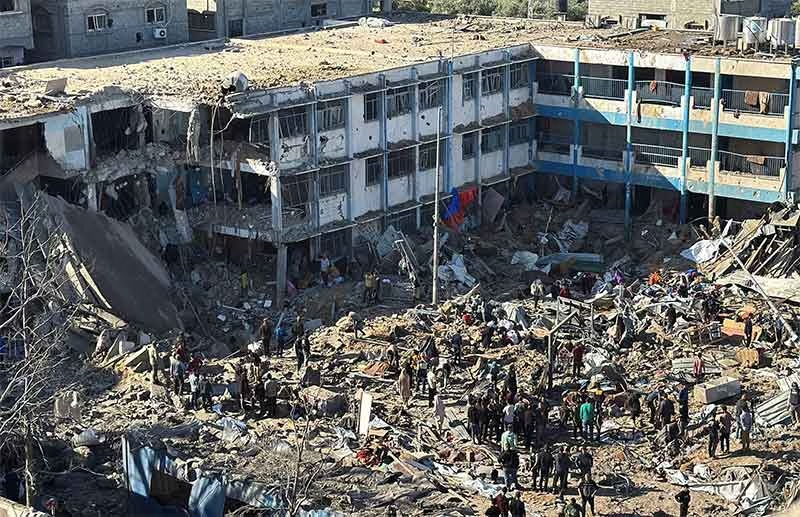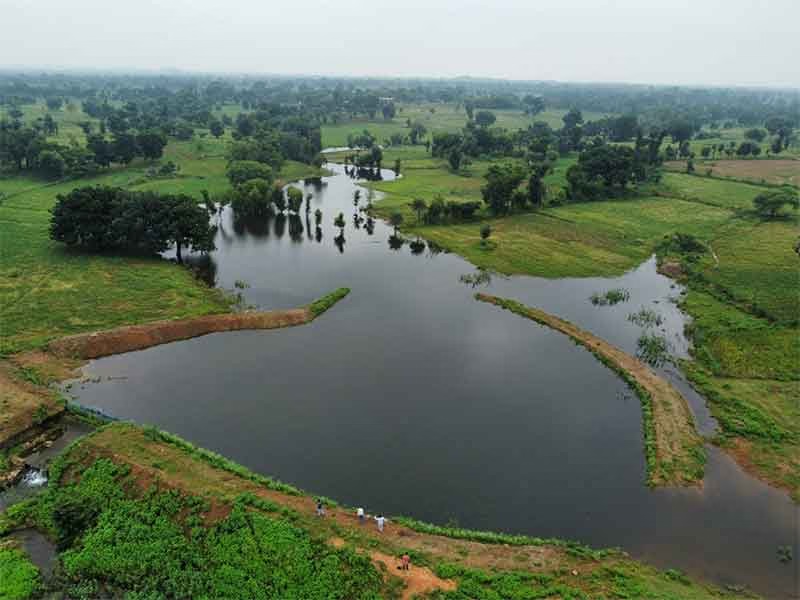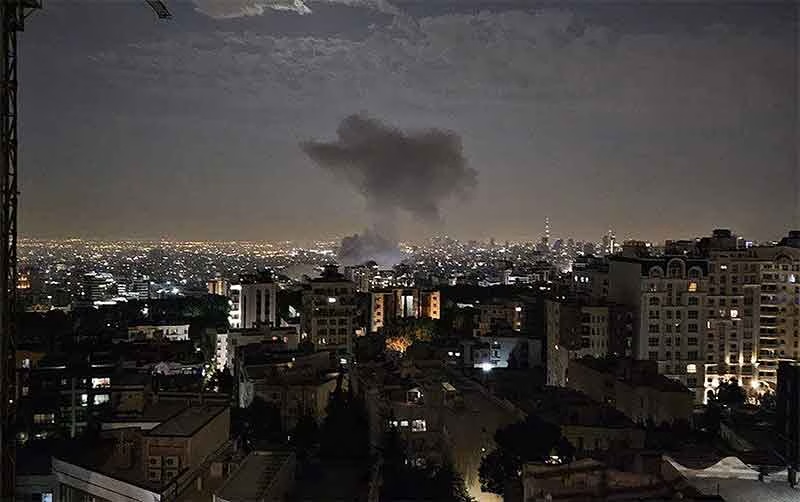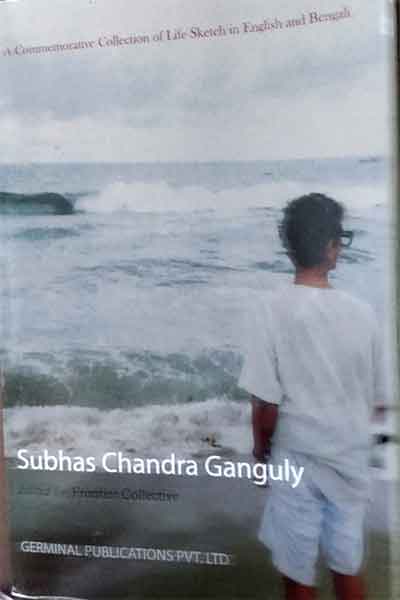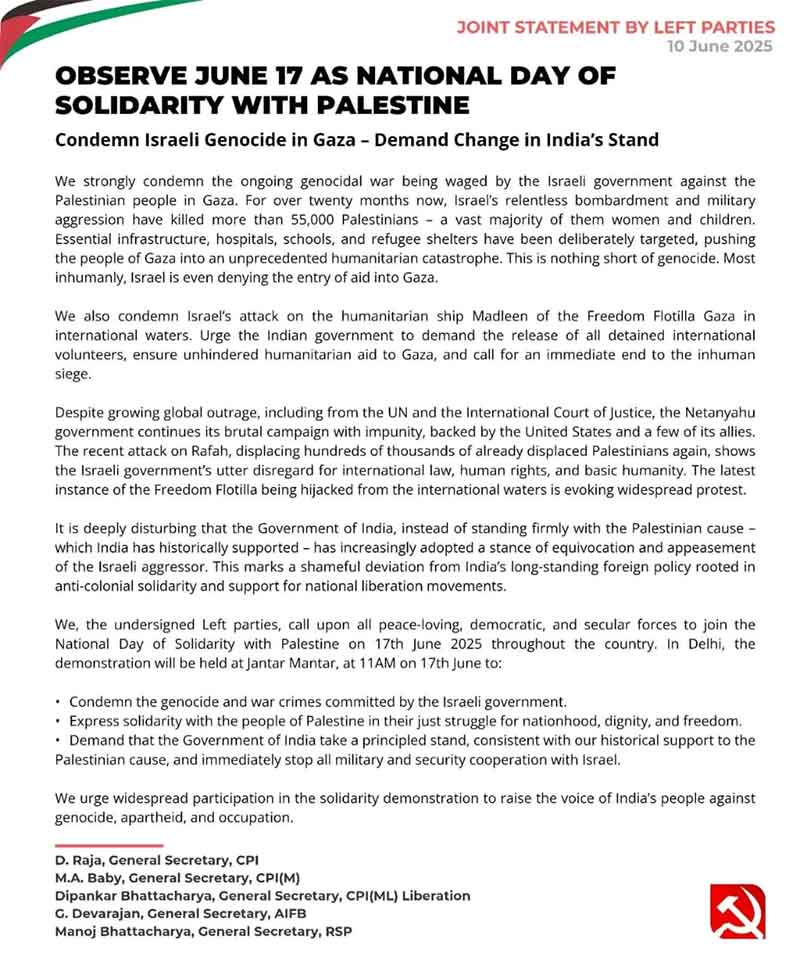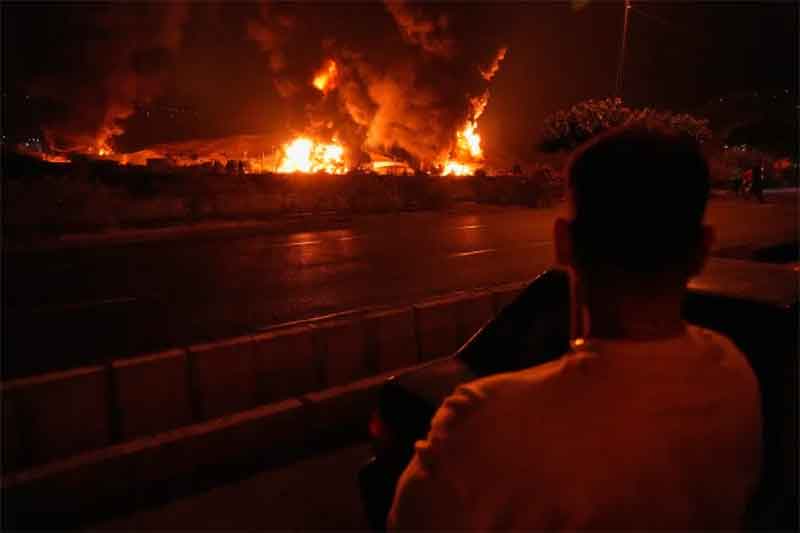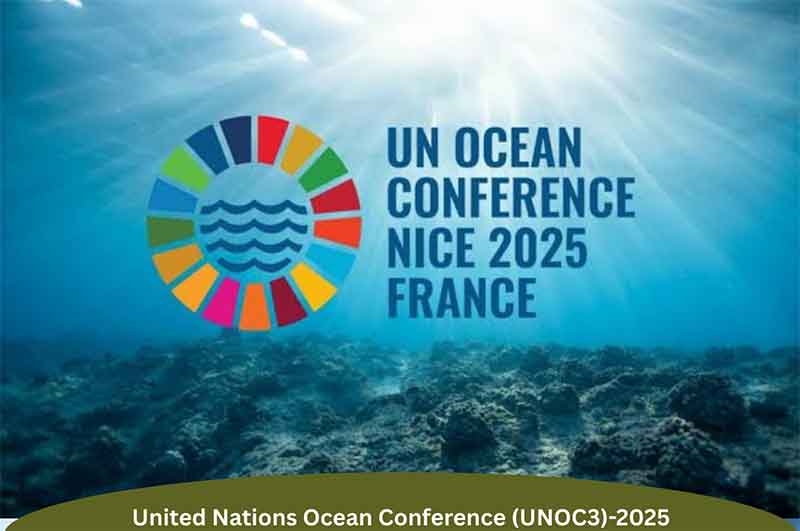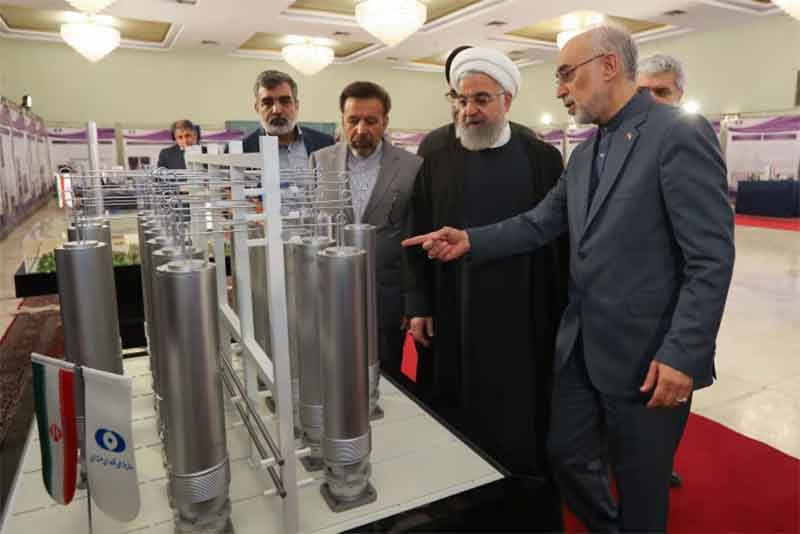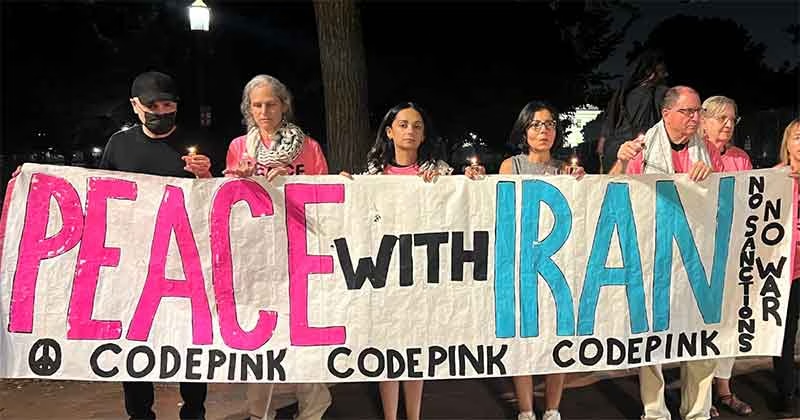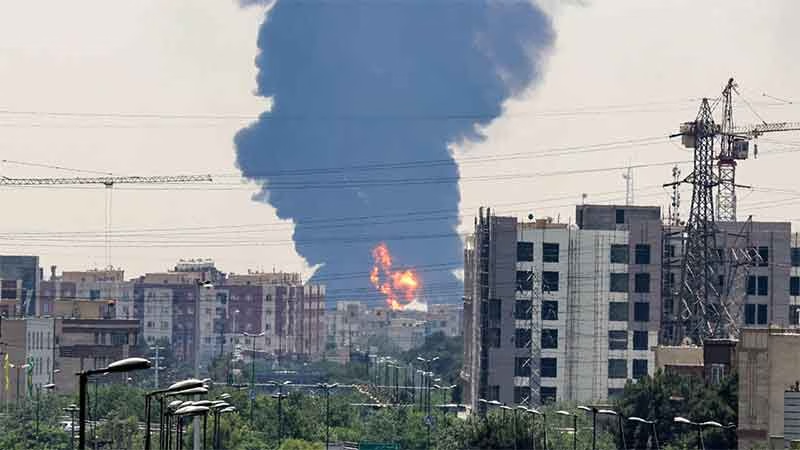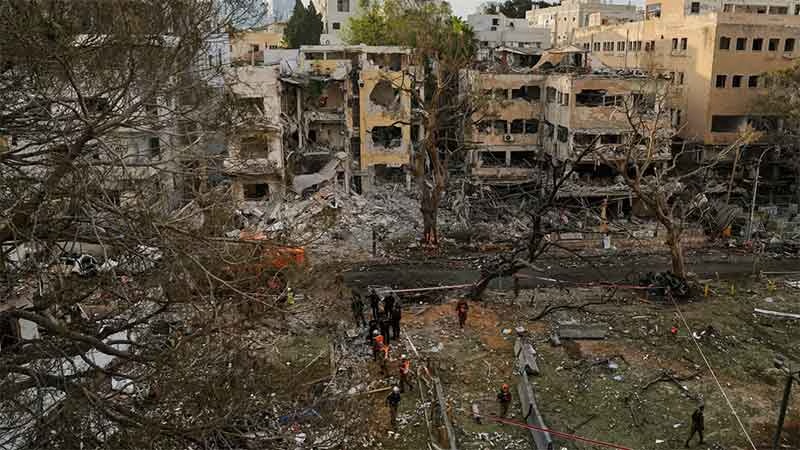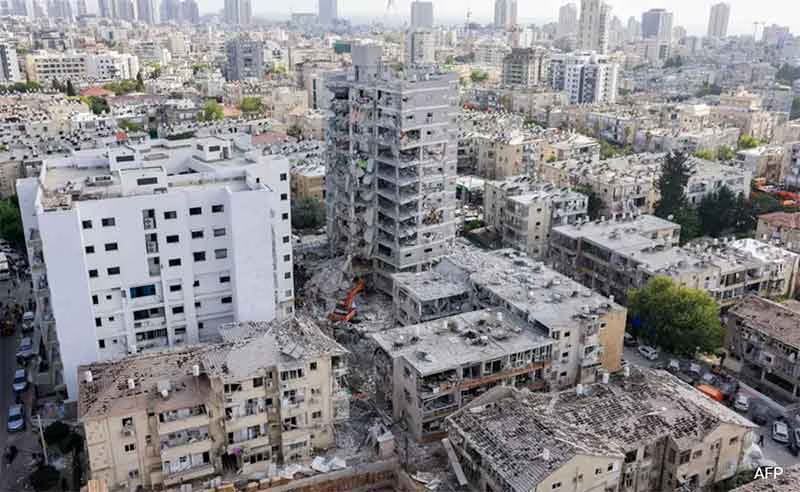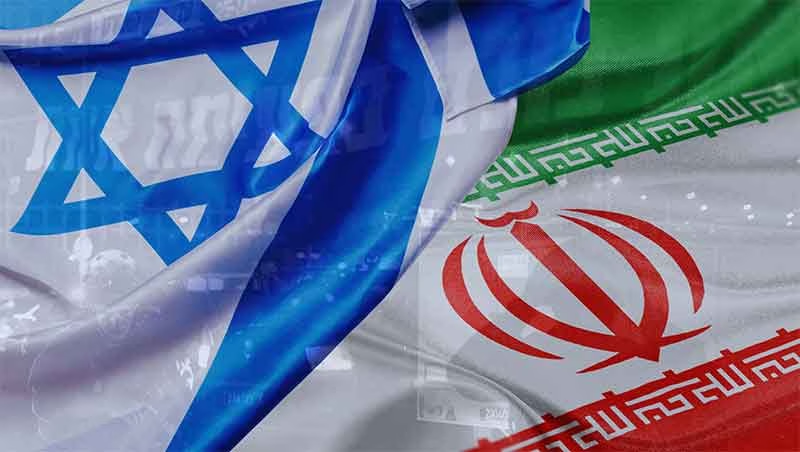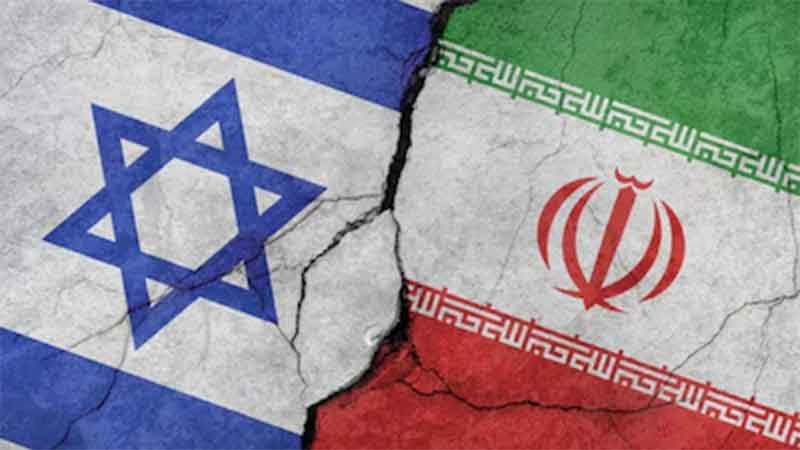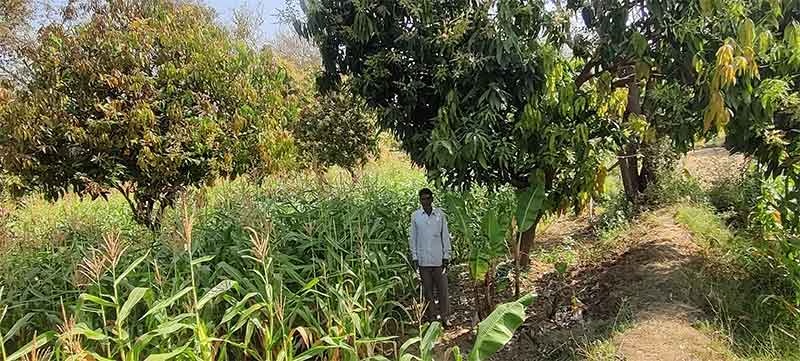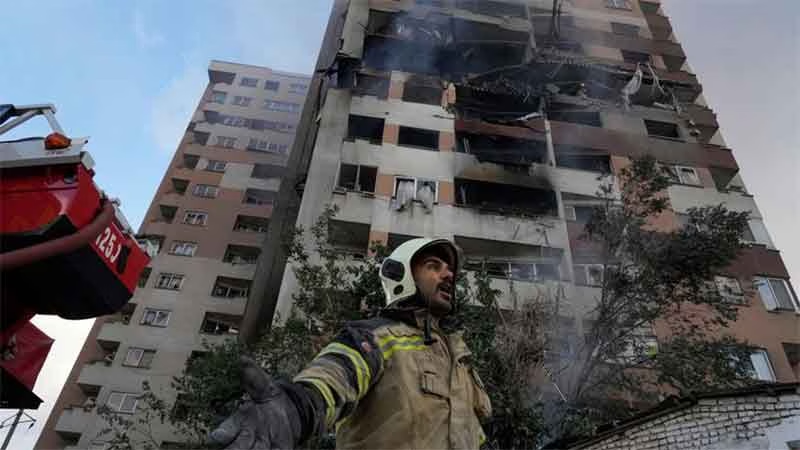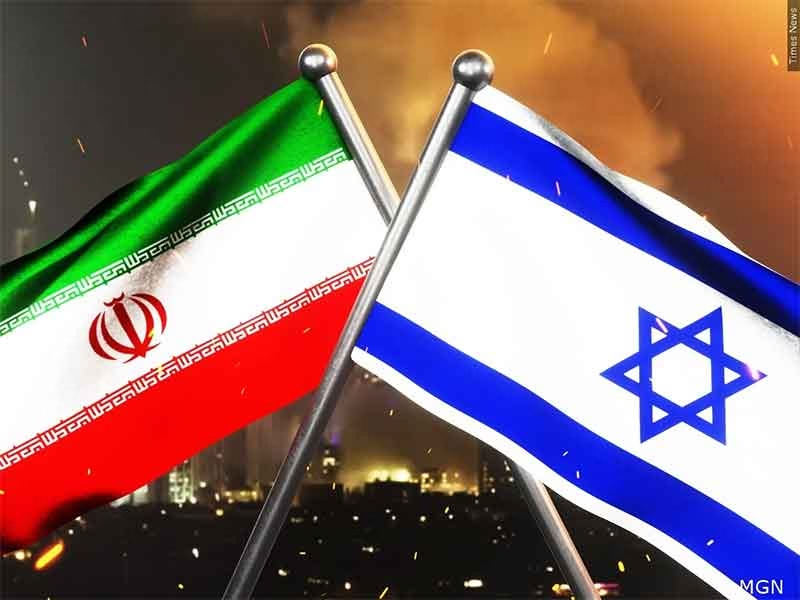
Water scarcity for many months in a year is becoming a significant problem in many rural communities of the world. In many areas it has become a survival issue and several communities are forced to abandon their habitations for a considerable time of the year mainly because of water scarcity. Many others are able to maintain their settlement only if the timely arrival of water tankers can be ensured. In other places communities are having to struggle very hard to quench the thirst of their farm, dairy and other animals. In a larger number of communities people are saying loud and clear that water has emerged as their biggest constraint as many other development initiatives cannot progress or even start due to water shortage.
This situation has been reached in many parts of the world not due to any absence of mega water, dam and canal projects but instead this water scarcity is existing despite the leading emphasis having been placed on these, with much lesser resources being set aside for local solutions with special emphasis on water conservation. Mega projects create a false illusion of achievement as a lot of water can be seen to be collected in one reservoir and its canals, but the disruption caused over a wider area of the river is not so visible but nevertheless quite significant. At the same time, such expensive projects take away such a huge part of the water budget that very little may be saved for the thousands of small projects that rural communities need in the region for conserving rainwater as well as for taking forward other important aspects of proper water management.
If the right conclusions are drawn from the experience of many regions, the best policy for any rural community is to conserve as much rainwater as possible using methods best suited to local conditions, and then using water in disciplined ways so that the actual use is not more than what is locally available. This is the most sustainable path to water security. On the other hand transferring water over vast areas can be very expensive and wasteful, can lead to avoidable conflicts and in addition can be non-sustainable in many ways. It is like trying to meet your most basic need in not just expensive but also uncertain and precarious ways.
What are the requirements for ensuring that water needs are met in sustainable and self-reliant ways at the level of rural communities, a situation that can be called jal-swaraj for any village or cluster of villages?
Firstly, of course, local communities should be strengthened so that they can effectively take decisions regarding what is the best way of ensuring water security and self-reliance at the local level. They must be able to access a reasonable budget for this. Within the community the voice of weaker sections and of women must get adequate attention. There should be a spirit of voluntarism to take up community work or contribute to it. There should be an understanding of traditional wisdom relating to the best methods of conserving rainwater and other aspects of water-management and various water sources. Of course new ideas for taking this forward in even better ways are always welcome; it is only ecosystem disrupting projects and schemes that should be avoided. There should be community discipline regarding avoiding excessive and wasteful use of water, and there should be community strength for preventing outsiders from misusing water and harming basic water sources like rivers and ponds.
Many rural communities are not in this position as rivers and sometimes even tanks are being harmed by outside forces against whom they find themselves to be quite powerless at present. The harm done by sand mining to many rivers has been massive, and in addition there are serious pollution issues. What is more, the more powerful persons tend sometimes to overuse scarce water in highly excessive and wasteful ways beyond the local carrying capacity, thereby reducing the access that more ordinary people and weaker sections can have to water, and harming sustainability prospects as well.
On the other hand if we have communities based on justice and equality and they are given the task of managing water on the basis of sustainability then the basic requirement of sustainable and justice/equality based management of water in rural areas would be achieved.
In fact if any wider region is mainly inhabited by such communities, then the water plans and the budgets devoted to them are likely to truly reflect the needs of these people and their communities. In such a situation the objectives of conserving rainwater as well as making careful, non-wasteful use of it in justice-based would be realized and people as well as animals would be able to meet their water needs without any resort to water transfers across vast areas, at the same time raising the water –table and achieving better adaptation to climate change.
Several such initiatives for moving in the direction of jal swaraj are taking place in various parts of the country to varying extent, and as there are several problems the progress at times cannot go beyond a certain stage in keeping with the constraints of the existing systems. Nevertheless whatever progress has been achieved by these efforts should be appreciated and further efforts in the same direction should be encouraged. Keeping alive the thinking of jal swaraj within the broad thinking and development philosophy of Mahatma Gandhi, is itself an important task as this can keep alive the hope of saving us from many wasteful and disruptive projects, while at the same time bringing us closer to careful use of existing resources for genuinely helpful and sustainable efforts.
Among those efforts which have received much appreciation in recent years there is the well-known initiative of jal sahelis or women water volunteers in rural areas of Bundelkhand region who have provided a fine example of community participation for improving water conservation and management. They have been involved among other things in restoration of many ponds and even rejuvenation of some small rivers. A jal saheli like Imarti Bai mobilized fellow women to repair a well in a rocky area to find better water supply for several dalit households, while a student Babita Rajput mobilized students and other women to dig a canal from a mountainous area in even more difficult conditions. Following such inspiring work this effort has been steadily growing and early this year there was a further big boost with a 300 km foot march in which nearly 300 jal sahelis participated. This has raised the collective strength of the water volunteers to a point where they can start going beyond merely village-level initiatives to ask for policy changes that would be more supportive of community-based water initiatives. Moving in this direction, Parmarth voluntary organization, which started this important initiative, with the help of jal sahelis has prepared a charter of demands and jal sahelis and Parmarth members have been meeting various authorities and decision takers so that several demands which emerged in the course of the yatra or the foot-march can be taken further. These include preparing a working plan for the restoration of traditional water sources particularly ponds/tanks, setting up a center for restoring these tanks and a center for jal sahelis, making the implementation of Atal groundwater scheme more participative and creating more support for community participation in the planning for water and soil conservation works. These demands include giving priority to the rejuvenation, protection and cleaning of several small rivers. Planting of trees, particularly in the catchment areas of rivers and other water sources and raising of more community nutrition gardens has also been demanded.
Subscribe to Our Newsletter
Get the latest CounterCurrents updates delivered straight to your inbox.
At several points in the yatra the participants along with local villagers took pledges to work for the protection of rivers, tanks and other water sources they encountered on their way and which were found to be suffering from serious problems and threats. As the participants carried a kalash or traditional water carrying utensil with drops of water from all these sources all along the yatra a deep emotional bond of protection was created towards these water sources. As details of what needs to be done to protect these water sources have been collected in the course of the march there is now a big opportunity for speeding up this work and also doing it in better ways, as contacts with a lot of local people devoted to taking up such work have also been established. The government should also utilize the opportunities that have been created by this yatra and related efforts for speeding up protective work relating to these water sources. The yatra imparted a special spiritual and emotional strength to such initiatives with its various pledges and kalash and other ceremonies, and one hopes that this movement of strength and raised awareness and inspiration can be seized upon to rapidly take forward many protective and conservation efforts. The yatra has also pointed out where the Jal Jeevan Mission is lagging behind and this information can also be utilized to take up remedial steps with a sense of urgency.
Bharat Dogra is Honorary Convener, Campaign to Save Earth Now. His recent books include Protecting Earth for Children, Planet in Peril, Man over Machine and A Day in 2071.

